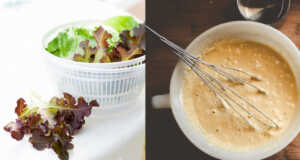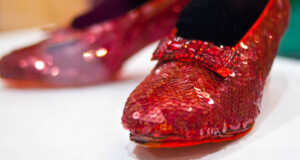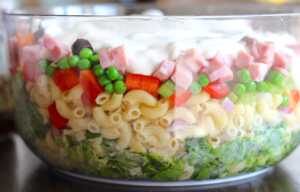If you happen to be a fan of European cucumbers, which are commonly referred to as English, seedless, or hothouse cucumbers, then you probably noticed something peculiar about them.
Not only are they more expensive and a little longer than most other cucumbers, but they also typically come wrapped in plastic.
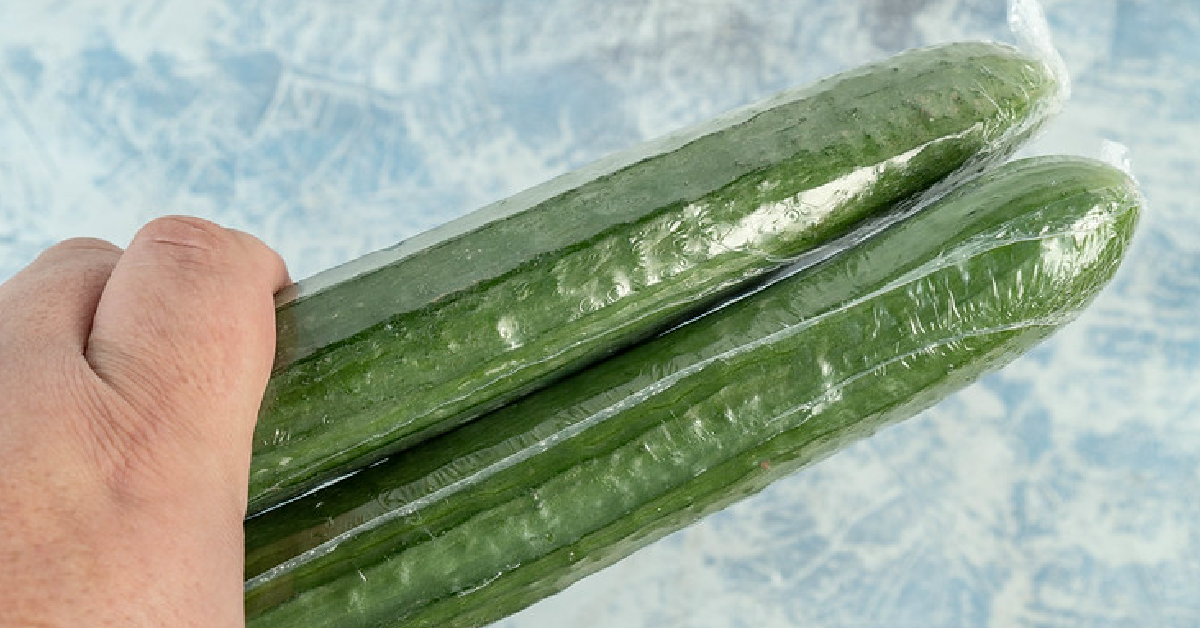
The Spruce Eats has something to say about English cucumbers as well. They report on the thin skin of the cucumber, as well as the small seeds that make them sweeter in comparison with other cucumbers. As it turns out, the thin skin does not always work to their advantage.
This is described by The Kitchn as big a problem because the thin skin makes them more likely to be bruised or somehow damaged while they are being sent to the store. They may also be more susceptible to spoilage. In order to protect the cucumbers, plastic wrap is employed.
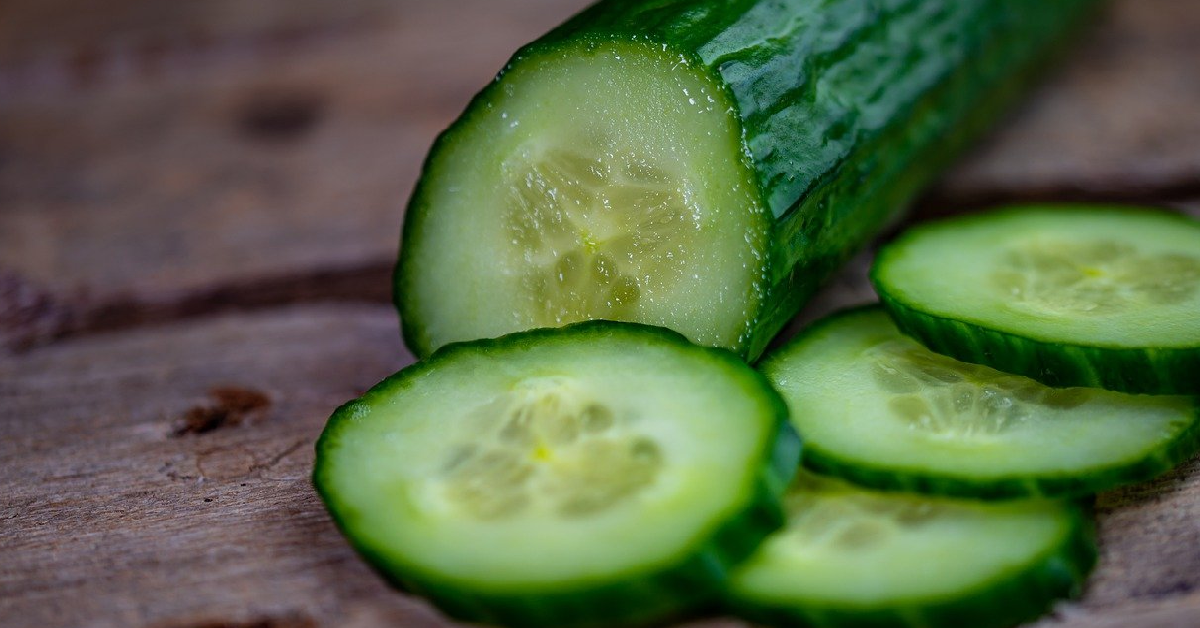
Now that you know the importance of the plastic for getting the cucumbers from the hothouse to the grocery store, how can you take advantage of it when you bring the cucumber home?
Don’t be too quick to remove the plastic because it can continue to protect the cucumber while it is in your refrigerator. This isn’t only true of bumps and bruises, it can also extend the shelf life of the cucumber considerably. In fact, you may find that the cucumber is still in an edible condition more than 10 days after you put it in the fridge.
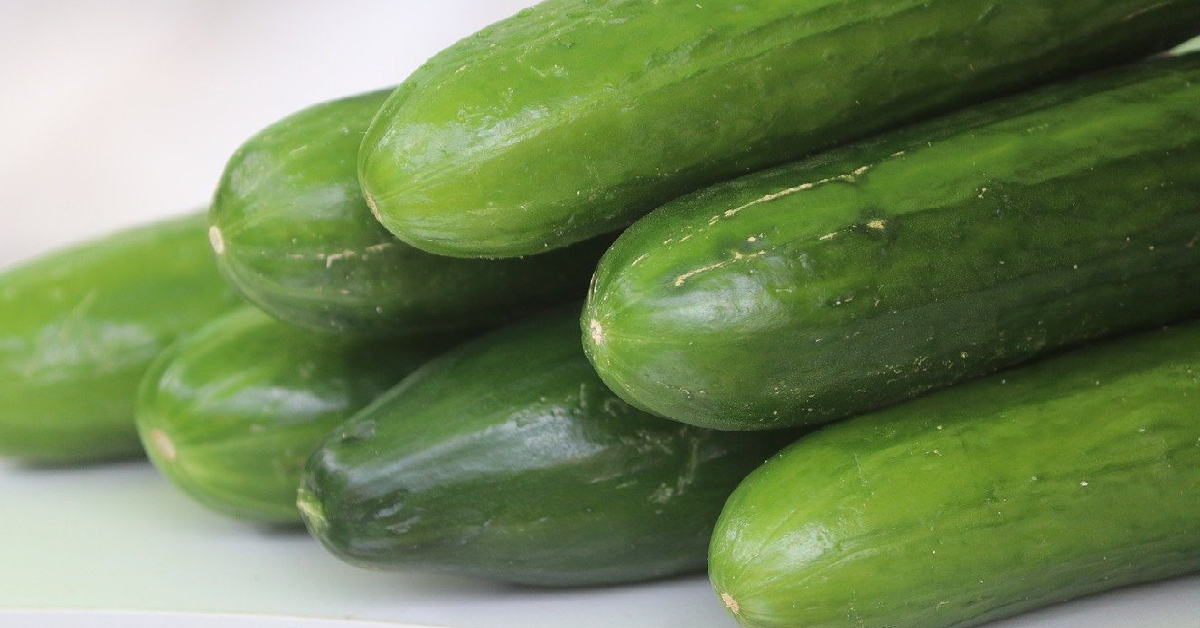
This is interesting to know, but it also brings up some questions, especially from an environmental standpoint. Most people are well aware of the dangers of plastic, and wrapping cucumbers can certainly not be good for the environment.
That is why they are trying to come up with ways of shrinkwrapping fruits and vegetables in a way that doesn’t employ plastic. There are some companies that have found ways to do so, but nothing is able to quite mimic the benefits of plastic wrap yet.
